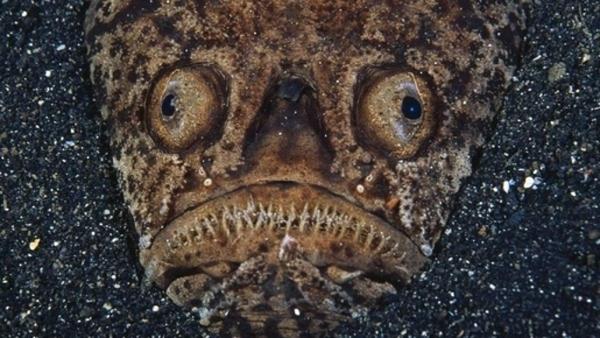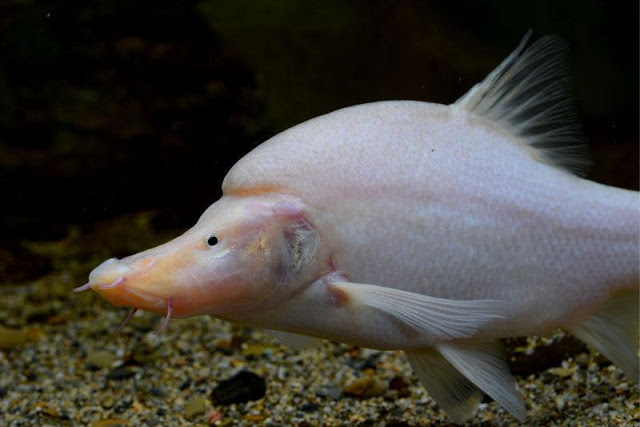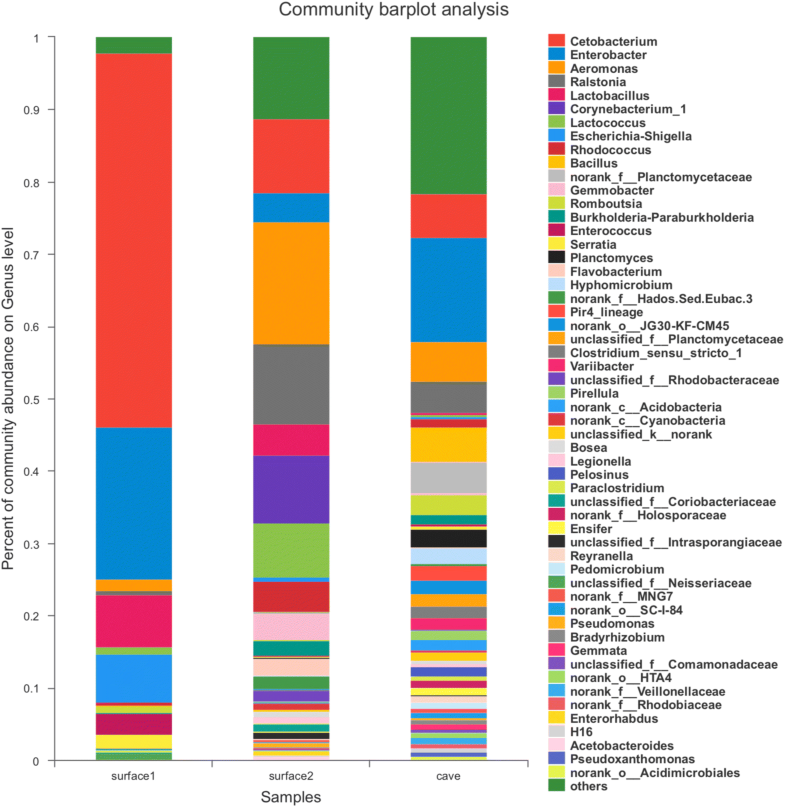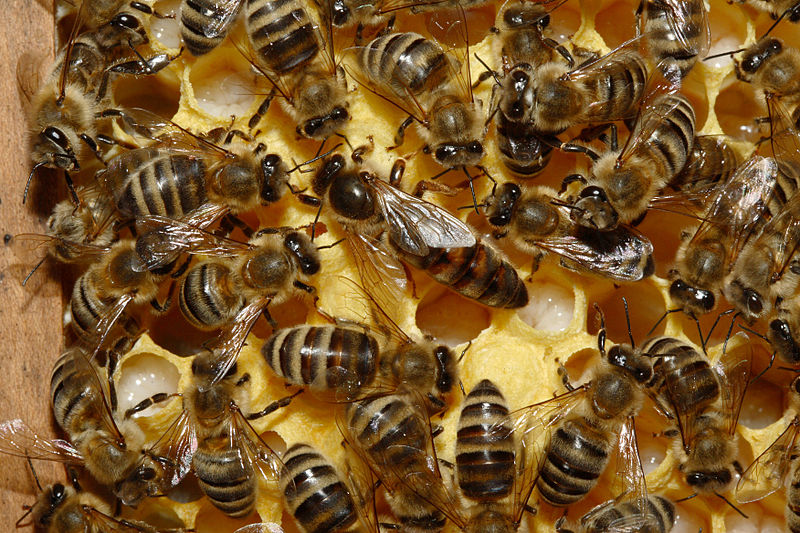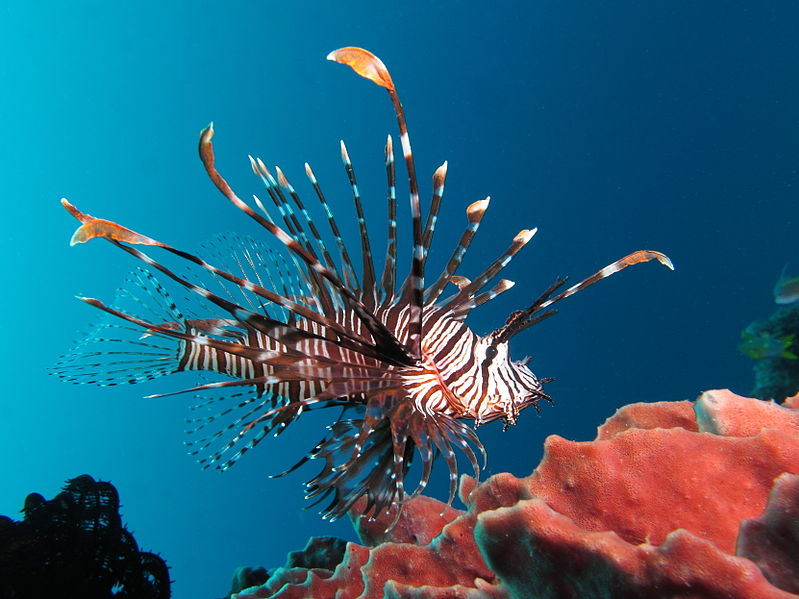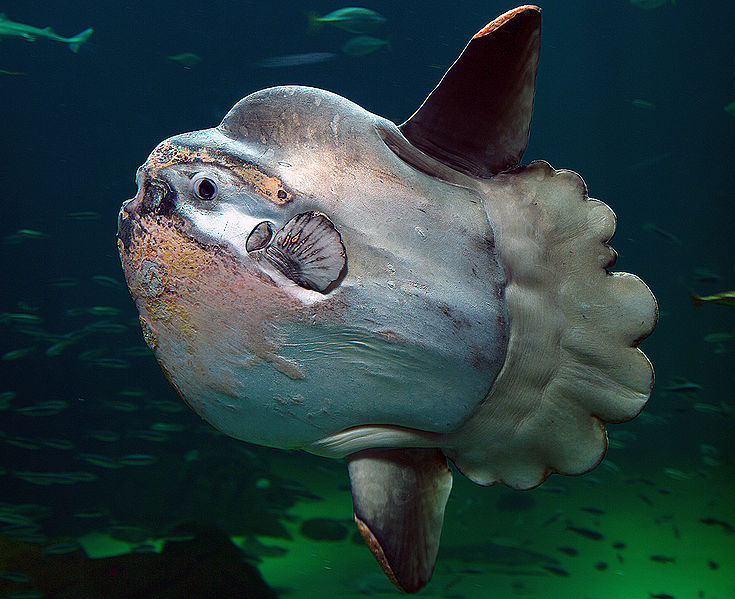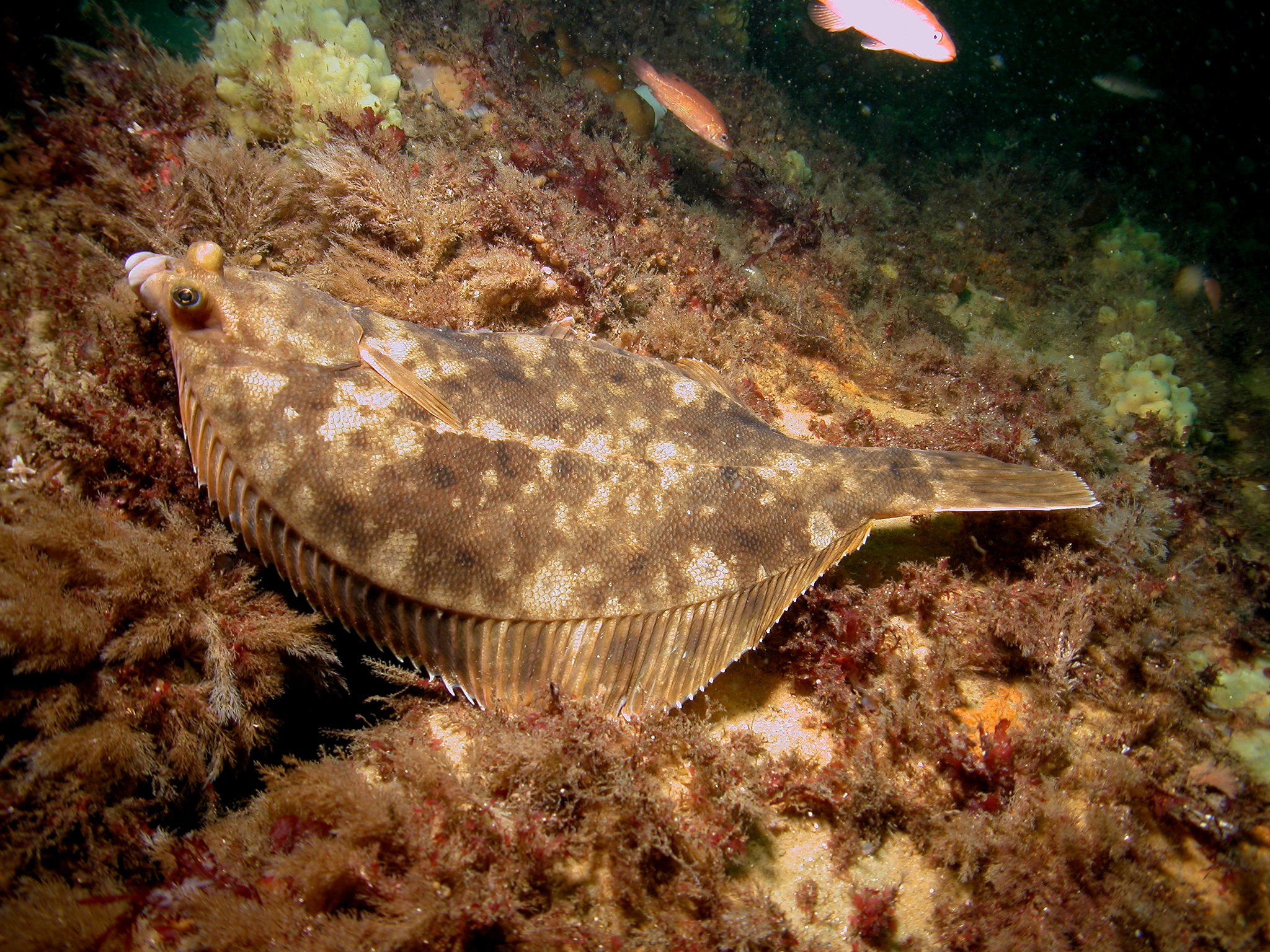by Piter Kehoma Boll
Look at this picture:
Doesn’t it look like something coming directly from your nightmares? Well, it certainly is a real nightmare from some fish. Named Astroscopus guttatus, its common name is the northern stargazer.
The name stargazer comes from the fact that this species and other stargazers (which make up the family Uranoscopidae) have their eyes and mouth facing up, so that they seem to be always looking at the sky above. The northern stargazer measures up to 56 cm in length and has a brownish color with white spots on its head and back, although most of its body is almost never seen. It is found along the Atlantic Coast of the United States and is a benthic species that buries itself in the sand, letting only its face out.
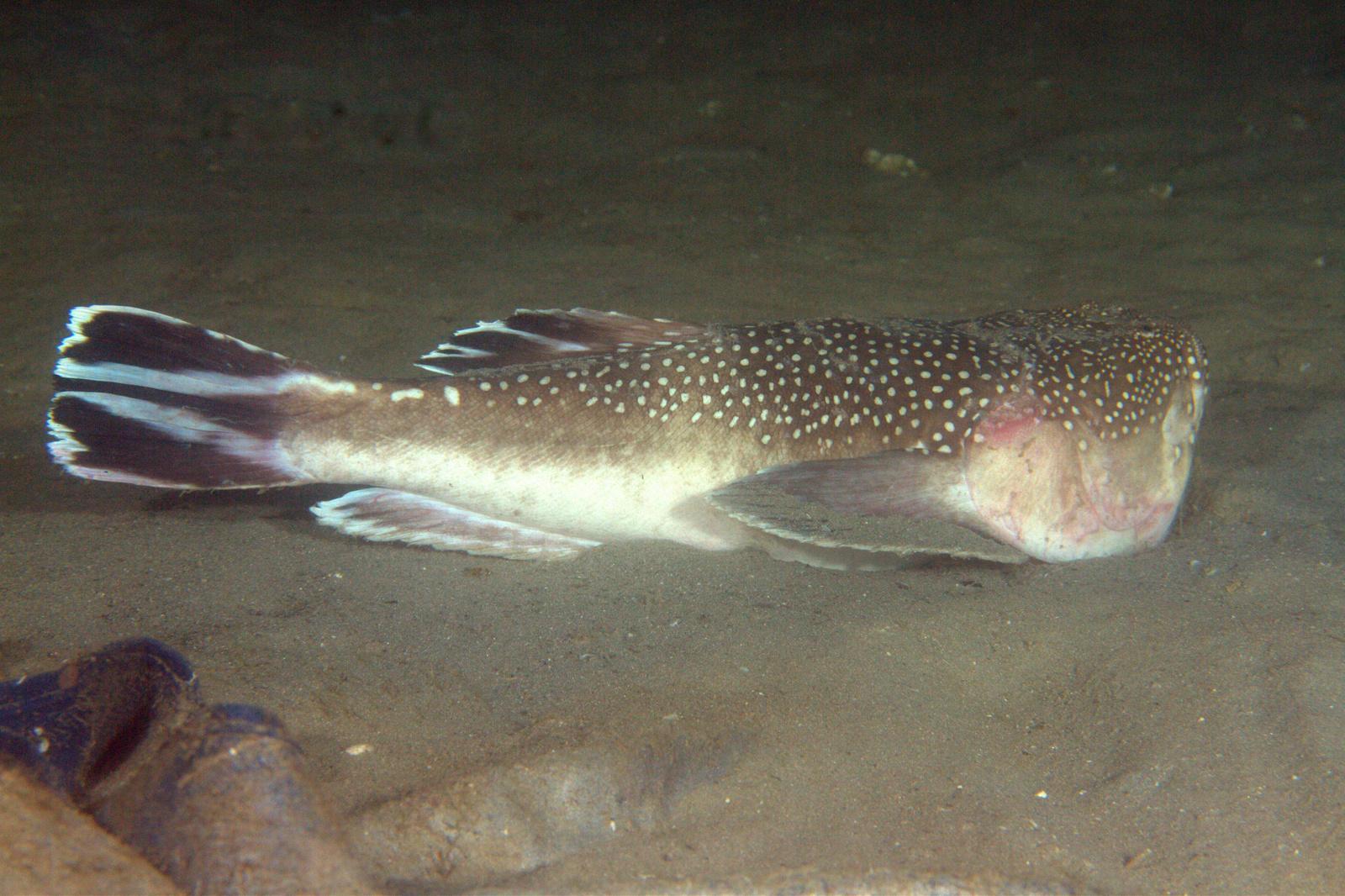
To bury itself, the northern stargazer swims clumsily until reacher a sandy bottom. It then lies there and starts to throw sand away using its pectoral fins, which makes its head start to think. At the same time it wiggles from side to side, making its anal fin slide down into the sand and slowly burying its posterior half as well. When only the eyes, the mouth and, sometimes, the tip of the tail are left out, it ceases to move and waits. When a fish or invertebrate swims or walks above the face of the stargaze, it can quickly jump and capture that poor creature that now has become its tasty meal.
But the terrible nature of the northern stargazer does not lie only on its nightmarish appearance or its predatory behavior. This fish is also venomous, having two large venomous spines above its pectoral fins, just behind the opercles that cover its gills. More than that, the northern stargazer can also cause electric shocks using an electric organ in the middle of its head, which is formed by modified eye muscles.
When the northern stargazer feels threatened, it can dig much more quickly, throwing sand violently and making water turbid for some time. When sand settles, there is nothing to see, as the fish has buried itself up to 30 cm in the substrate.
Now imagine being a small marine fish having to live your life in fear that a horrendous monster can jump out of the sand at any moment to inject you venom, give you an electric shock and devour you.
– – –
– – –
References:
Dahlgren, U. (1927). The life history of the fish Astroscopus (the” Stargazer”). The Scientific Monthly, 24(4), 348-365. https://www.jstor.org/stable/7905
Schwartz, F. J. (2000). Ecology and distribution of three species of stargazers (Pisces: Uranoscopidae) in North Carolina. Journal of the Elisha Mitchell Scientific Society, 153-158. https://www.jstor.org/stable/24335504
– – –
* This work is licensed under a Creative Commons Attribution-NonCommercial-NoDerivs 4.0 International License.
This work is licensed under a Creative Commons Attribution-NonCommercial-NoDerivs 4.0 International License.

